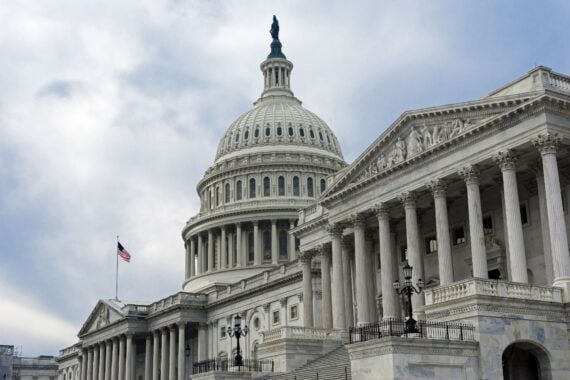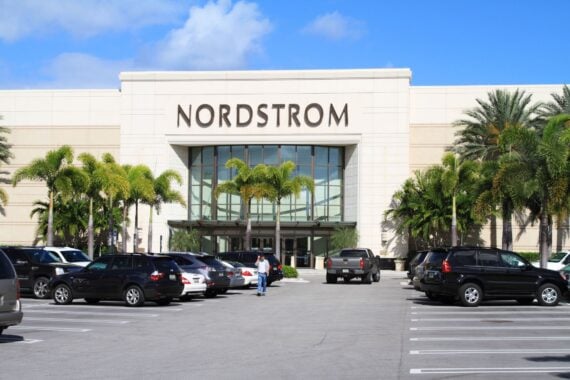Surprise, surprise: Congress has yet to resolve its debt ceiling crisis, which means that the United States could run out of money as early as June. That spells disaster for everyone — a default could tank the economy — but especially for states dominated by government-funded jobs and federal workers, according to a recent report from Moody’s Analytics. The report argues that a default would “most immediately” impact the following regions because of the concentration of federal workers.
Related: 6 Ways the Debt Ceiling Crisis Could Affect Your Wallet
Washington, D.C.
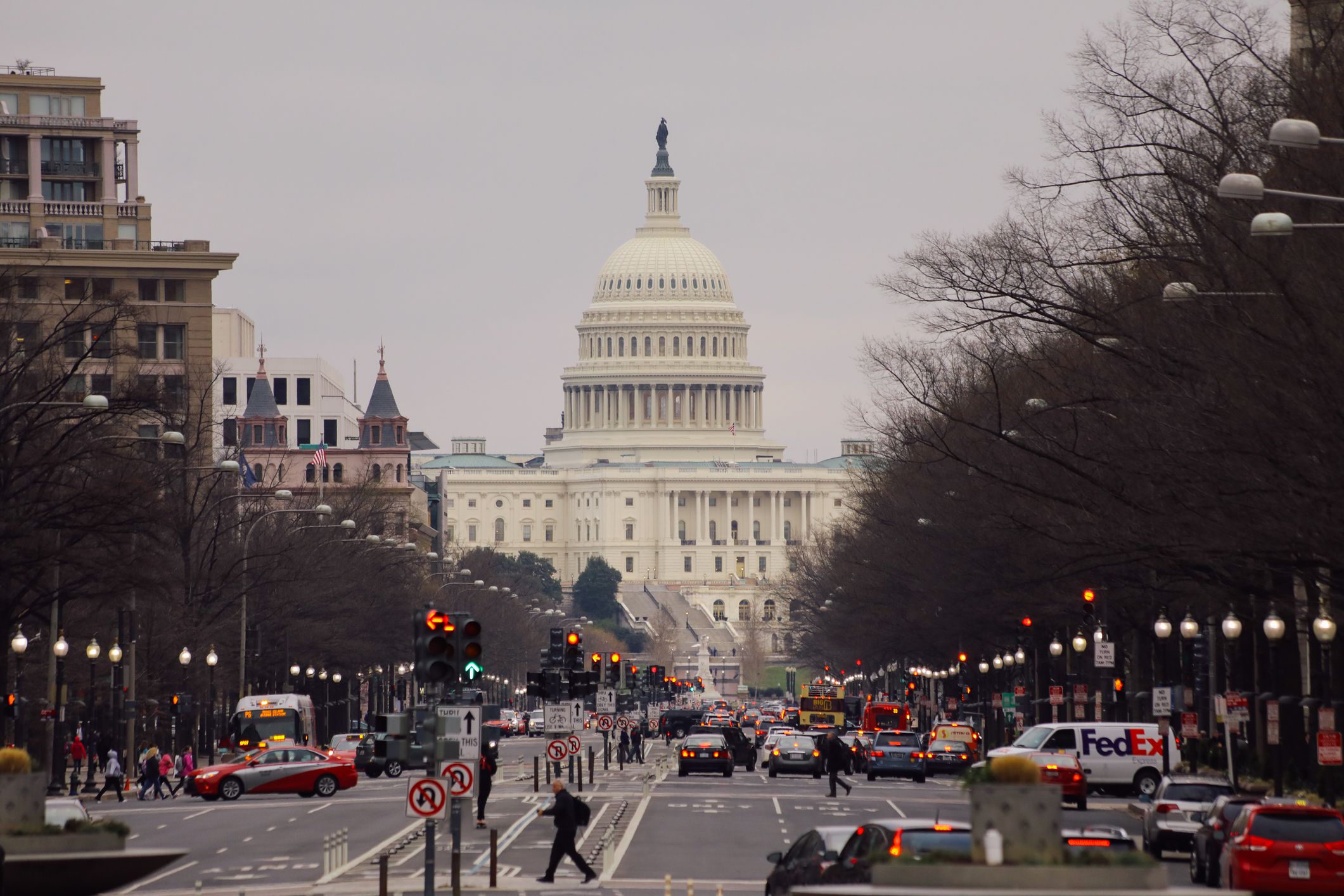
It shouldn’t be a surprise that the nation’s capital will feel the brunt of the economic pain, with the federal government accounting for around one in four jobs. In a prolonged debt limit scenario, the city would peak at an 8.9% unemployment rate. Moody’s Analytics calls the district the “most immediately vulnerable economy.”
Related: 17 Smart Ways to Get Through a Recession
Alaska

In states like Alaska, which rely on federal jobs to bolster the economy, a breach could accelerate the region’s economic fallout. The state could lose 6,900 jobs in the near term, reaching a peak unemployment rate of 7% if the political impasse lasts until the summer.
Related: 15 Jobs That Are Most Vulnerable to a Recession
Hawaii
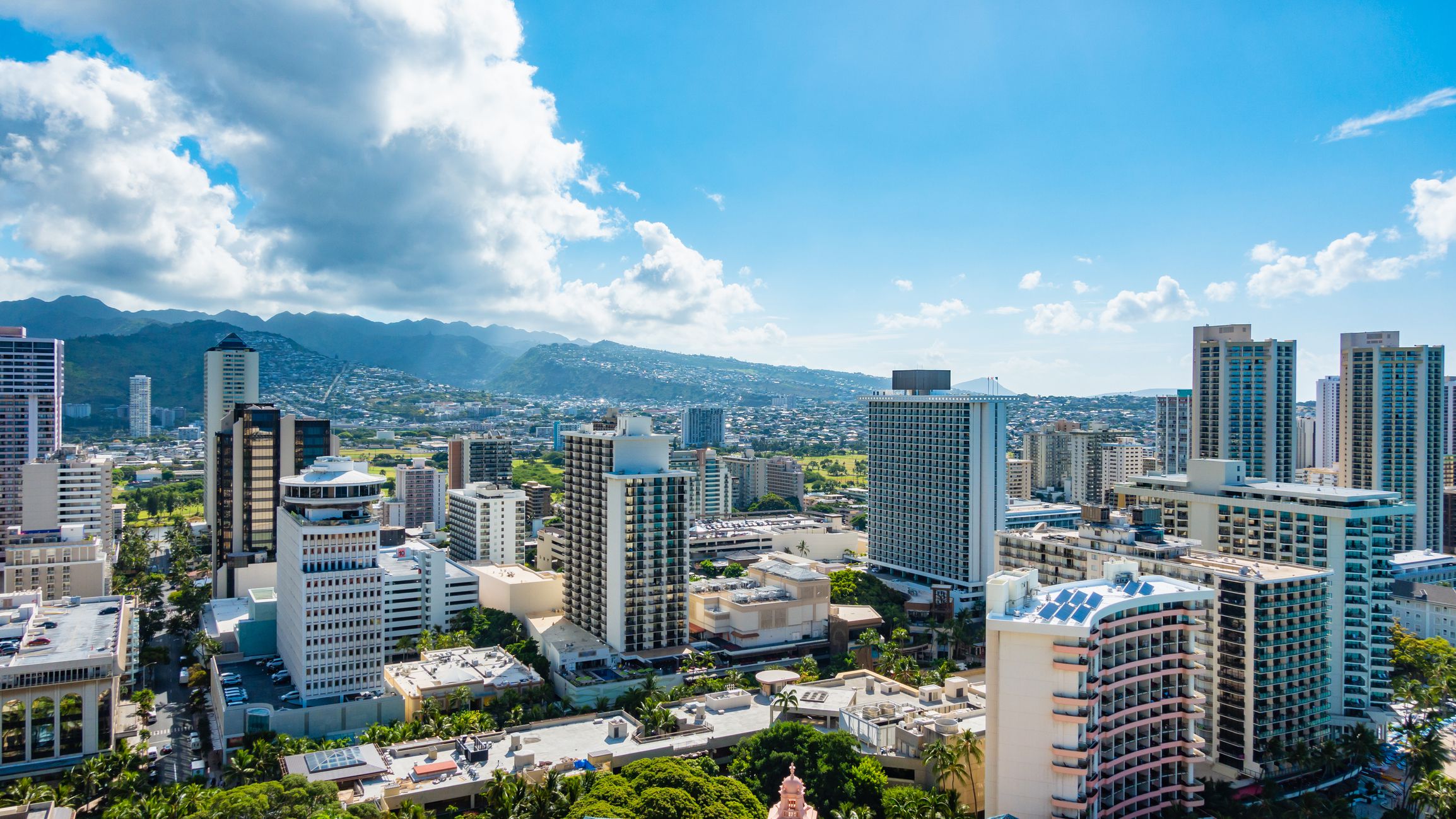
Hawaii is in a particularly vulnerable position, and not only because Moody’s predicts that the state will lose 9,200 jobs in a prolonged debt crisis scenario. Beyond having many military and federal workers, the archipelago has a heavy tourist industry, which would be particularly susceptible to a debt crisis. A drawn-out debt crisis would leave the state with a peak 4.5% unemployment rate.
Related: ‘Not a Radical Idea’: Bernie Sanders Proposes $17 Federal Minimum Wage
New Mexico
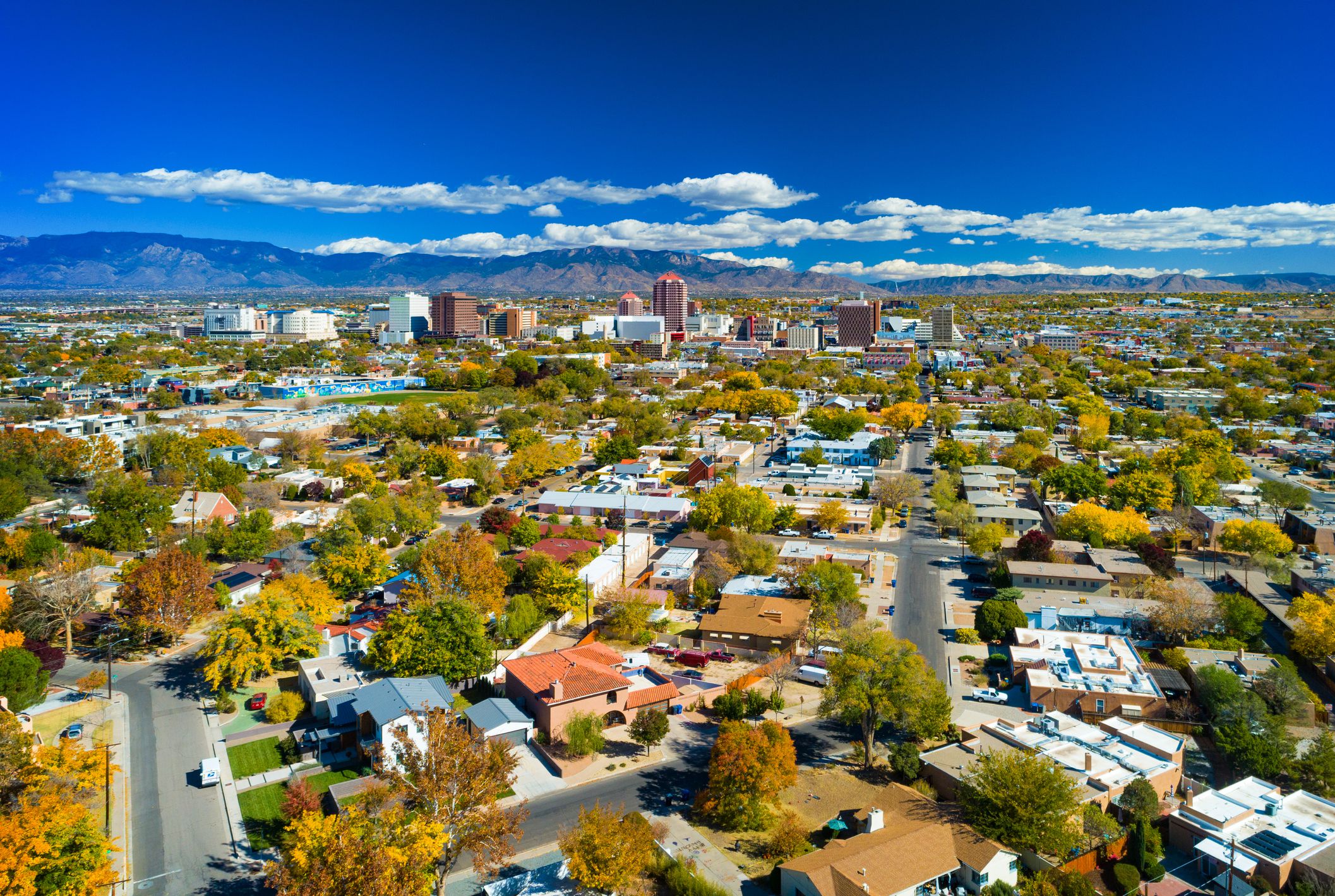
Government employees make up around 21% of the New Mexican economy, larger than any other sector, according to the Bureau of Labor Statistics. In the worst-case scenario, New Mexico’s unemployment rate would peak at 7.7%.
For more coverage of the economy, please sign up for our free newsletters.
